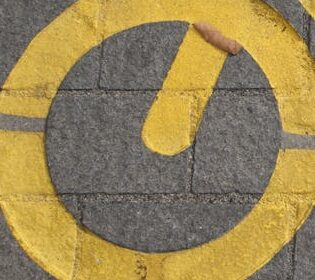How to hail damage car insurance claim
Hail damage can be a significant headache for car owners, but knowing how to file an insurance claim can make the process smoother and ensure that repairs are covered. Here’s a step-by-step guide to help you navigate through the process of filing a hail damage car insurance claim.
How to hail damage car insurance claim
Assess the Damage:
Once it’s safe to do so, inspect your car for hail damage. Look for dents on the body, cracked or shattered windows, and any other signs of damage. Take detailed notes and photographs of all the affected areas, as these will be critical for your insurance claim.
Review Your Insurance Policy:
Before filing a claim, review your car insurance policy to understand the coverage for hail damage. Comprehensive insurance typically covers damage caused by hail, but it’s important to verify your policy details. Check for the deductible amount and any specific provisions or exclusions related to hail damage.
File the Claim Promptly:
Contact your insurance company as soon as possible to report the hail damage. Most insurance companies allow you to file a claim online, over the phone, or through their mobile app. Be ready to provide your policy number, a detailed description of the damage, and the date and time the hail storm occurred. Submitting your claim promptly can help expedite the process.
Document Everything:
Keep a record of all communications with your insurance company, including emails, phone calls, and any documents you send or receive. This documentation can be invaluable if there are any disputes or delays in the claim process.
Schedule an Inspection:
Your insurance company will likely require an inspection of the damage. They may send an adjuster to inspect your vehicle or ask you to take it to an approved inspection location. During the inspection, the adjuster will assess the extent of the damage and estimate the repair costs. Be sure to be present during the inspection to answer any questions and to ensure that all damage is noted.
Obtain Repair Estimates:
Once the inspection is complete, you’ll need to obtain repair estimates from auto body shops. It’s a good idea to get multiple estimates to ensure you receive a fair assessment. Some insurance companies may have preferred repair shops, but you generally have the right to choose where to have your car repaired.
Review the Settlement Offer:
After the inspection and repair estimates, your insurance company will provide a settlement offer. This offer should cover the cost of repairs minus your deductible. Carefully review the offer to ensure it aligns with the damage assessment and repair estimates. If you believe the offer is too low, you can negotiate with your insurance company or provide additional evidence to support your claim.
Authorize Repairs:
Once you agree on a settlement, you can authorize the repairs at your chosen auto body shop. Ensure that the shop is aware of the insurance settlement and any specific requirements from your insurance company. Keep copies of all repair invoices and receipts for your records.
Follow Up:
After repairs are completed, follow up with your insurance company to ensure all payments have been processed and the claim is officially closed. This step is crucial to avoid any future issues with your claim or coverage.
Tips for a Smooth Claim Process:
– *Act Quickly*: Timely reporting and prompt action can help prevent further damage and expedite the claim process.
– *Be Thorough*: Document every detail of the damage and maintain clear communication with your insurance company.
– *Know Your Rights*: Familiarize yourself with your policy and your rights as a policyholder to ensure you receive fair treatment.
– *Stay Organized*: Keep all records and documents related to the claim in a safe place for future reference.
Filing a hail damage car insurance claim can be a complex process, but being informed and prepared can make it more manageable. By following these steps, you can ensure that your claim is handled efficiently and that your car is repaired to its pre-damage condition.
